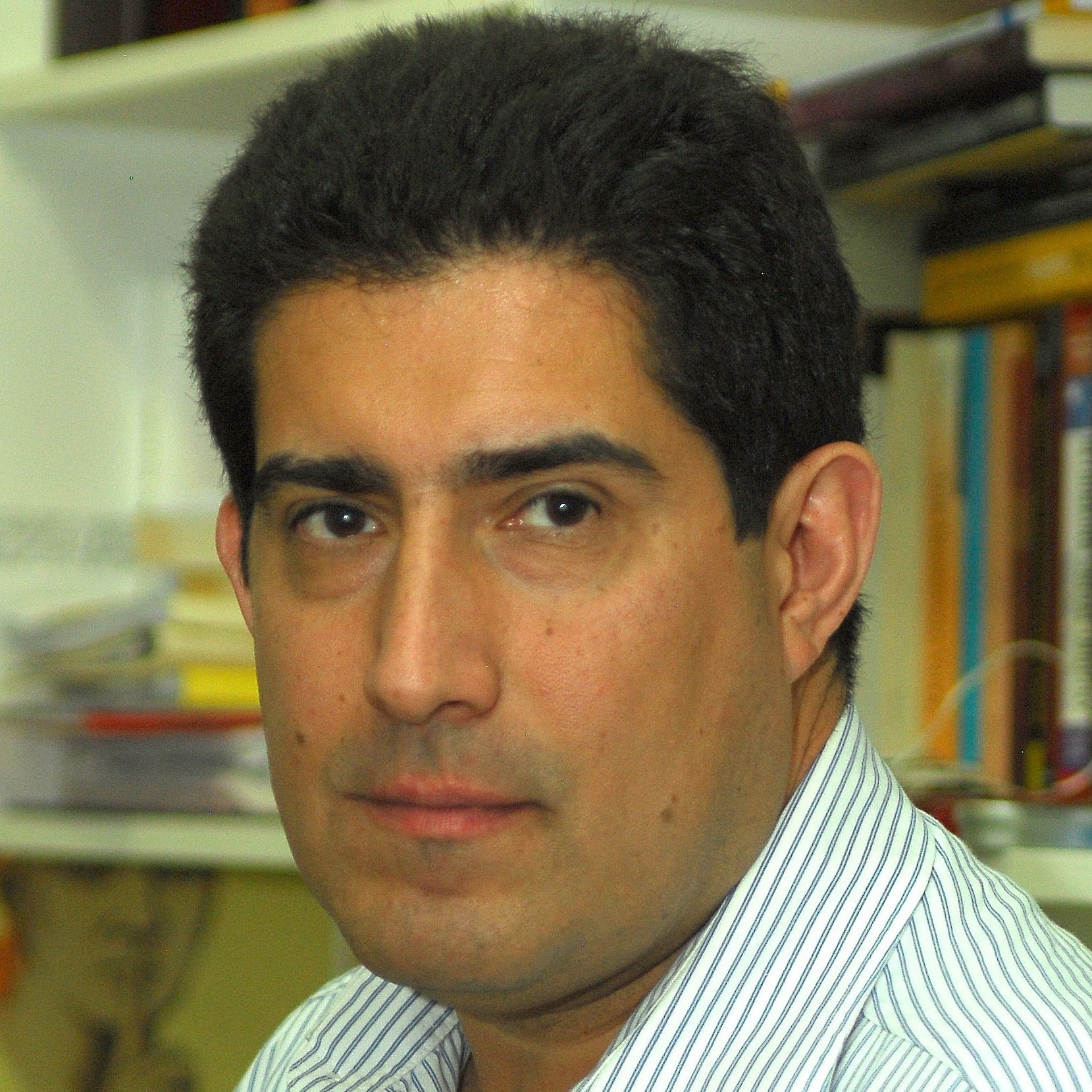SANTIAGO – There are few certainties about what post-pandemic Latin America will look like. But it’s a safe bet that an era of big government is near.
The deficiencies in the provision of social services and public health infrastructure exposed by COVID-19 have already prompted politicians across the region to promise to improve and expand state capacity. That may well be a good thing: Stronger, more comprehensive public health systems are long overdue, and if developed in the right way would help make Latin American societies healthier and more stable, productive and developed.
Unfortunately, few countries in the region are truly in position to build the kind of public sector and social safety net needed to become more productive. With governments increasing public spending to help people cope with lockdown orders and social distancing measures, fiscal pressures have already begun to build. But harsh economic conditions – and upcoming elections – will make it difficult for governments to cut spending once the pandemic subsides.
As a result, large fiscal deficits will likely be the norm over the next decade – and there is a risk that governments will step up efforts to increase the size of the state in ways that are both unsustainable and that fail to correct for the current absence of adequate social safety nets and public infrastructure.
A failing public health sector
A look at the current state of public health sectors in the region, and the structural weakness that many of them have become, offers a glimpse of the enormity of the task ahead. Peru, where the market-friendly government of President Martín Vizcarra quickly adopted a strict national lockdown when the pandemic first arrived, is a prime example.
The government in Lima immediately acknowledged the heavy economic toll of its quarantine measures. In off-the-record but widely reported comments, government officials acknowledged that one reason for the swift lockdown was that the public health system simply could not cope with a surge in demand for intensive care hospital beds. The quarantine order resulted in a 40% decline in economic activity in April 2020 and a 33% decline in May. But despite the strict measures, Peru has been one of the hardest hit countries in terms of COVID-19 related fatalities. Not surprisingly, among the long list of presidential hopefuls for the 2021 election, one of the most repeated promises has been to build a stronger and more comprehensive public health sector.
Other countries in the region have also found their public health systems lacking. In Argentina, Brazil, Chile, Colombia and elsewhere, decades of neglect have taken a toll. Many visitors to Latin American capitals are impressed by the development of commercial and financial centers, where one feels that the region is part of the industrialized center of the world. Yet visits to public hospitals tell a different story, especially away from capital cities. Here, one is reminded of the ways in which Latin America remains severely underdeveloped.
Overcoming this disadvantage will require investment that few governments are in position to take on. But voters will demand that investment just the same, and with good reason. As the pandemic hit the region, inadequate safety nets failed to provide support for populations that, in the decades of the commodity boom, had tasted how the developed world functions, especially in those commercial centers.
Indeed, public reckoning with government officials over their respective responses to the crisis has yet to come. Precisely because the emergency has stopped people from fully mourning the loss of loved ones, the human toll of the pandemic will become a central issue once civic life returns to some kind of normalcy. This will linger on through the next election cycle, as many voters will have had relatives and acquaintances who passed away due to COVID-19 – and because of insufficient access to proper health care. Presidential candidates will be under significant pressure to commit government funding to strengthen the public health sector.
Unfounded mandates will also linger on
From temporary tax breaks and deferral of property to sales and many indirect taxes, governments are setting short-term public spending precedents that will be hard to undo, especially in those countries that will have elections in the months ahead. In addition to a recent presidential election in the Dominican Republic and one in Bolivia set for later this year, Ecuador, Peru and Chile will all have presidential elections in 2021. Both Argentina and Mexico will also hold very important mid-term legislative elections.
As presidential hopefuls run their campaigns in times of high unemployment and severe social need, the temptation to extend existing aid packages will be difficult to resist. Government aid initiatives in the form of cash transfers, mortgage alleviation for government subsidized housing and even student loan deferments will also be hard to scale back. There will be strong public pressure to make governments’ ambitious stimulus packages permanent. At the same time, collecting taxes that went unpaid during the pandemic will be especially hard. As a result, fiscal revenues are likely to remain below expectations for several years, as governments will also face pressure to lower taxes to jump start their economies.
Granted, with high levels of poverty, widespread inequality and high unemployment, governments will have sound justification to run fiscal deficits. Yet because poverty will not immediately decline and inequality will take even longer to return to already high pre-pandemic levels, fiscal deficits will not easily go away. That means a toxic combination of real and urgent needs, an election cycle that fosters excessive spending, and a solid technical reason to support a more expansive fiscal budget.
Getting the right type of public sector growth
So how can governments get it right? Achieving productive public sector growth will not be easy. While fiscal spending in infrastructure, health care, education and even pensions might be needed and potentially useful to jump start economies, there will also be the temptation to promote a drastic change in the long-term development model in the region in favor a bigger role for the state in the productive sector.
Opportunities for crony capitalism will abound in a region that already suffers from a lack of competitive markets. An insufficient framework for consumer protection and an uneven playing field for potentially disruptive newcomers in several industries will be further weakened if the state becomes a player in those industries. The same would be true if, emulating the old import-substitution industrialization strategy of the 1950s and 60s, the state picks companies to become monopoly producers.
The temptation to replace market-friendly policies with a state-centered approach will be hard to resist. Strengthening the regulatory capacity of the state and a sufficiently strong safety net that can provide health care and education to make human capital more productive is a necessary condition for markets to be more competitive and for future economic growth that can go beyond dependence on commodity exports.
Yet as Mexican intellectual Octavio Paz once noted, the state in Latin America has historically behaved like a philanthropic ogre. That is, the state establishes all kinds of subsidies and programs to help the poor, but at the same time devours the nation’s prosperity by levying more and more taxes to fund those programs. The philanthropic ogre might have the best of intentions, but its actions contribute to more poverty, underdevelopment and even corruption.
The COVID-19 pandemic has made evident that an ill functioning state takes a heavy toll when strong and effective state intervention is needed. Latin America’s large informal sector, insufficient infrastructure, weak public health sector and non-existent safety net for large portions of the population have shown the weakness of the social contract in most countries. Learning the lesson from the pandemic the hard way should help countries correct those mistakes. Unfortunately, the road ahead is full of obstacles. Though the state will inevitably grow in the coming years in Latin America, it will take resolute and firm leadership to achieve the kind of growth that the region desperately needs.
—
Navia is a a contributing columnist for Americas Quarterly, professor of liberal studies at NYU and professor of political science at Diego Portales University in Chile.








